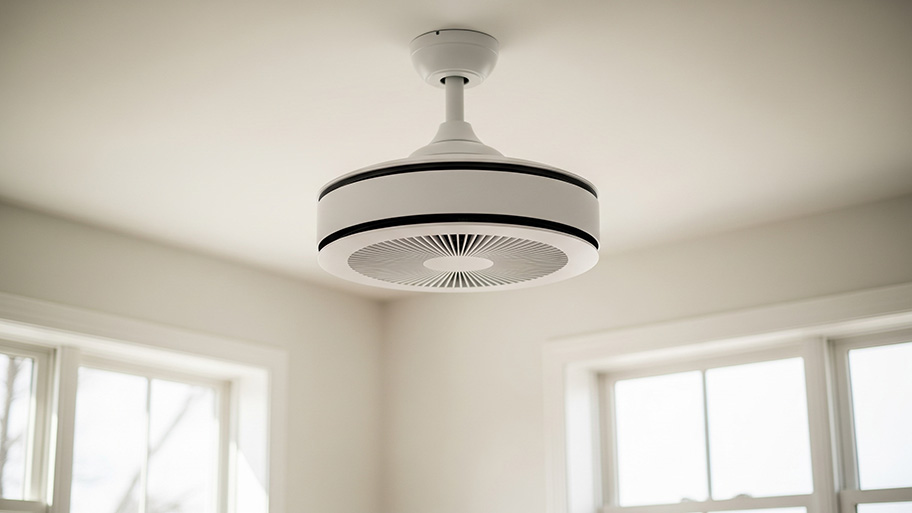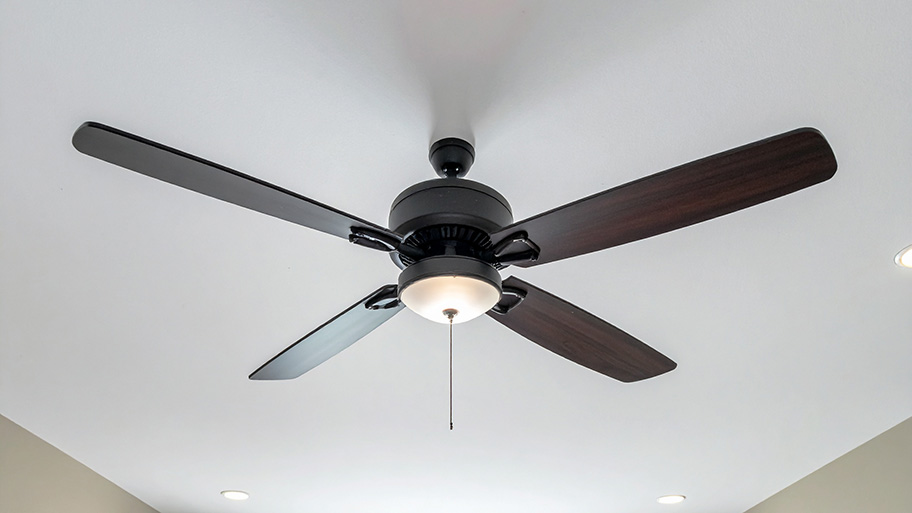
Get matched with top ceiling fan pros in Licking, MO
Enter your ZIP and get matched with up to 5 pros
Need a pro for your ceiling fan service project in Licking, MO?
Verified Reviews for Ceiling Fan Service pros in Licking, MO
*The Angi rating for Ceiling Fan Service companies in Licking, MO is a rating based on verified reviews from our community of homeowners who have used these pros to meet their Ceiling Fan Service needs.
*The HomeAdvisor rating for Ceiling Fan Service companies in Licking, MO is a rating based on verified reviews from our community of homeowners who have used these pros to meet their Ceiling Fan Service needs.
Last update on December 08, 2025
Find Ceiling fan pros in Licking
ALL-N-ALL CONSTRUCTION, LLC
ALL-N-ALL CONSTRUCTION, LLC
Construction, remodeling, repairs as many people as needed, cash, check, money order and can accept cards for fee
Construction, remodeling, repairs as many people as needed, cash, check, money order and can accept cards for fee
Taylor engineering and construction inc.
Taylor engineering and construction inc.
We are a family owned and managed business that does engineering and technology design and development for the.automotive industry and construction industry if you can dream it we can build it we take pride in our quality workmanship and attention to detail.
We are a family owned and managed business that does engineering and technology design and development for the.automotive industry and construction industry if you can dream it we can build it we take pride in our quality workmanship and attention to detail.
Creative Custom Carpentry
Creative Custom Carpentry
40+ years experience in carpentry and remodeling, residential and commercial
40+ years experience in carpentry and remodeling, residential and commercial
Call The All In One Construction Co
Call The All In One Construction Co
I have 35 years experience in construction I have performed all phases of construction im a 4th generation contractor I have 4 employees
I have 35 years experience in construction I have performed all phases of construction im a 4th generation contractor I have 4 employees
Nunezotw
Nunezotw
From the grown up my crew and I will make your visions come rue
From the grown up my crew and I will make your visions come rue
Snodgrass Contracting LLC
Snodgrass Contracting LLC
Please contact us for details.
Please contact us for details.

Assured Building Products LLC.
Assured Building Products LLC.
Our company provides great customer service with quality products at a competitive price.
Our company provides great customer service with quality products at a competitive price.

HighTech Service
HighTech Service
Licensed and Insured. Expert Service. Military and Senior Discounts. Clean and Professional. Emergency Service Available. Quality Assurance Program. Small Business. Local Family Owned.
Licensed and Insured. Expert Service. Military and Senior Discounts. Clean and Professional. Emergency Service Available. Quality Assurance Program. Small Business. Local Family Owned.
The Licking, MO homeowners’ guide to ceiling fan services
From average costs to expert advice, get all the answers you need to get your job done.

If your ceiling fan stops working due to a bad motor or broken pull chain, here’s what you can expect to pay to get it fixed.
 •
•Discover the cost to install a ceiling fan, including labor, materials, and tips to save. Learn what impacts your price and how to budget for your project.

A 3-blade vs. 5-blade ceiling fan varies in design and function. Learn the differences between them so you know which is best for your space.

Are traditional ceiling fans slowly becoming a thing of the past? The famously quiet and efficient bladeless fans are now appearing right above our heads.

Hiring an electrician to install a ceiling fan will make the process safer and easier. But before contacting a pro, ask yourself these ceiling fan questions.

Ceiling fans need the help of lubrication to run smoothly and quietly. Learn how to oil a ceiling fan without taking it down in a few simple steps.
- Houston, MO Ceiling fan pros
- Salem, MO Ceiling fan pros
- Summersville, MO Ceiling fan pros
- Waynesville, MO Ceiling fan pros
- Mountain Grove, MO Ceiling fan pros
- Cabool, MO Ceiling fan pros
- Newburg, MO Ceiling fan pros
- Saint Robert, MO Ceiling fan pros
- Fort Leonard Wood, MO Ceiling fan pros
- Eminence, MO Ceiling fan pros
- Rolla, MO Ceiling fan pros
- Willow Springs, MO Ceiling fan pros
- Mountain View, MO Ceiling fan pros
- Dixon, MO Ceiling fan pros
- Saint James, MO Ceiling fan pros
- Hartville, MO Ceiling fan pros
- Richland, MO Ceiling fan pros
- Crocker, MO Ceiling fan pros
- Steelville, MO Ceiling fan pros
- Viburnum, MO Ceiling fan pros
- Norwood, MO Ceiling fan pros
- Birch Tree, MO Ceiling fan pros
- Lebanon, MO Ceiling fan pros
- Winona, MO Ceiling fan pros
- Cuba, MO Ceiling fan pros
- Iberia, MO Ceiling fan pros
- Mansfield, MO Ceiling fan pros
- Vienna, MO Ceiling fan pros
- Conway, MO Ceiling fan pros
- Phillipsburg, MO Ceiling fan pros
- 🌱 "Mow a small front yard"
- 🛠 "Fix a leaking pipe under the sink"
- 🏠 "Repair shingles on an asphalt roof"


